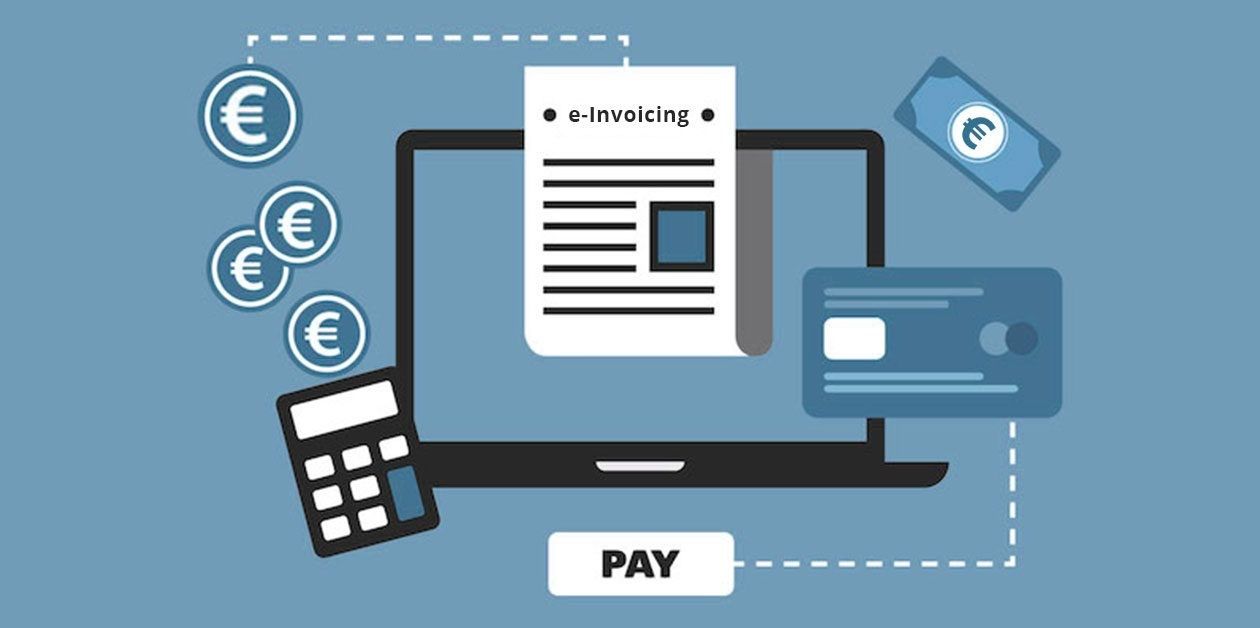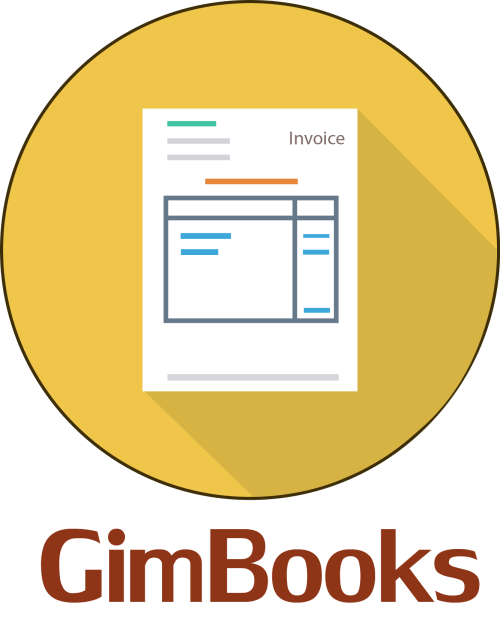Different Types Of E-Invoices In KSA

Tax e-Invoice (Standard e-Invoice)
Tax e-invoices are provided for B2B and B2G transactions and are commonly used by purchasers to claim input VAT deduction. These invoices will have to be communicated with purchasers properly throughout phase one. These invoices may only be shared with purchasers in phase 2 when they have been cryptographically stamped and cleared by ZATCA.
If your customer is VAT registered, you must provide their VAT registration number on the invoice, along with the option of including a QR code.
Simplified e-Invoices
Simplified e-invoices are provided for B2C transactions. The buyer will not need to utilise the invoice for input VAT deduction. If you're sending a simplified tax invoice to a customer, your e-invoicing system must include a QR code. This is necessary for confirming your electronic invoicing.
In phase one, you have to send your customers simple e-invoices. In phase 2, however, these bills must be notified to ZATCA within 24 hours of being issued.
Both of these e-invoices can be self-invoiced (with tax authority approval) or billed by a third party. You will still be accountable for the correctness of the e-invoice created if the invoice is self-billed (invoiced by the buyer on your behalf). An electronic marker will show whether the invoice is self-invoiced or billed by a third party.
Electronic Notes (Credit And Debit Notes)
Credit and debit notes are dealt with in Article 54 of the VAT Implementing Regulations, and the adjustment to the value of a supply is dealt with in Article 40 (1). Consider the case of a taxpayer who made a change to a transaction for which an e-invoice or simplified e-invoice had already been issued. They should provide an electronic credit/debit notice in that situation.
Original invoices must be used to issue credit and debit notes. The taxpayer can utilise reference fields to specify a reference date, invoice reference number, all or many invoices in a period, or any other reference to the original sale. The sort of credit or debit note sent depends on the type of e-invoice. A regular credit/debit note should be issued against a standard e-invoice, and a simplified electronic note should be issued against a simplified e-invoice.
Summary e-Invoice
A summary tax invoice is provided when there is more than one supply of goods or services. Suppliers who bill regularly may send a single commercial invoice for all supplies made during that period. For example, the vendor may provide a single summary invoice for all products delivered in a given month.
A taxable person may submit a summary tax invoice that includes all taxable deliveries of goods and services supplied to a single client, according to VAT legislation. There are no extra format or content requirements for VAT purposes for summary tax invoices.
A taxable person who provides a summary tax invoice should not issue separate tax invoices for the specific suppliers of goods and services for which the summary tax invoice is to be issued. In certain situations, the taxpayer should submit a summary of an electronic invoice.
Self-Billing e-Invoice
The taxable buyer can issue tax bills on behalf of the provider under the Unified Agreement for Value Added Tax, VAT Law, and its implementing rules. However, the tax authorities must accept the buyer's ability to issue self-billing invoices, and the buyer must adhere to the rules' particular criteria.
Even though the buyer provides the self-billing invoice, the supplier is still accountable for the correctness of the data on the tax invoices in front of the authorities. In this scenario, the buyer must create tax invoices in an electronic format per the e-invoicing regulation's requirements.
A buyer's self-billing e-invoices should include an electronic flag showing this fact. This identifier will be created automatically and not appear on the e-human-readable invoice's version. As a result, a statement indicating that the invoice is a self-billing invoice must be included in the invoice's human-readable format.
Third-Party Billing e-Invoice
After meeting specified standards outlined in the VAT Act, an external entity, such as an accounting company, can send invoices on behalf of the seller.
An electronic marker identifying this information should be included in third-party e-invoices. This identifier will be created automatically and not appear on the e-human-readable invoice's version. As a result, a statement indicating that the invoice is a third-party billing invoice must be included in the invoice's human-readable format.
Also Read,
https://gimbooks.com/blog/everything-you-should-know-about-irn-in-e-invoice/
https://gimbooks.com/blog/4-most-important-features-on-e-invoicing/
